For more than 20 years, there has been a myth about the connection between the item of underwear and the most common growth in women. Researchers from the USA decided it was time to reveal the truth…
Rumors about the dangerous connection between bras and breast cancer began to emerge more than 20 years ago and gained momentum with the publication of the book “Shameful to Kill” in 1995.
The new study included interviews with about 1,500 women, most of whom suffered from breast cancer. They were asked almost every possible question related to the bras they wore in their lifetime.
In the case of a change in the shape or size of the breast, a change in the shape of the nipple, a discharge from the nipple or the presence of a lump in the breast – you should contact a doctor immediately for an examination.
Many things can be said about a bra – that it is expensive, uncomfortable, leaves marks on the skin – but a new and comprehensive study acquitted it of the biggest accusation directed at it: that it increases the risk of getting breast cancer . This is the most common tumor in women: in Israel alone, 4,500 new patients are diagnosed with the disease every year.
A myth of bra that ran for more than 20 years
Rumors about the dangerous connection began to emerge more than 20 years ago, following a study from 1991 in which it was claimed that women who do not wear a bra are at a reduced risk of getting breast cancer. These claims gained momentum with the publication of the book “Ashamed to Kill” – first in 1995 and again in 2005.
The authors of the book claimed that women who wear bras, especially bras with underwires, for many hours a day are at a much higher risk of getting breast cancer compared to women who don’t wear bras at all. The reason: the bras cause – so it is claimed – the trapping of toxins in the breast tissue.
Although over the years several large bodies, including the National Cancer Institute in the US, claimed that bras do not cause harm – the myth continued to star and cause concern. The new and reassuring study, conducted at the University of Washington in the US, is the second dedicated to this issue since the study that started the whole mess – in 1991.
“Women can relax” about bra
“We decided to look into the issue, which undoubtedly interests many women , because of the almost complete lack of previous studies on the connection between wearing bras and cancer,” said the doctoral student, Lu Chen, who headed the study. According to her, “the findings show that women can relax: wearing a bra does not increase the risk of the most common types of breast cancer after menopause.”
Chen and her colleagues conducted personal interviews with 1,513 women aged 55-74. 1,044 of them got breast cancer and 469 did not get the disease.
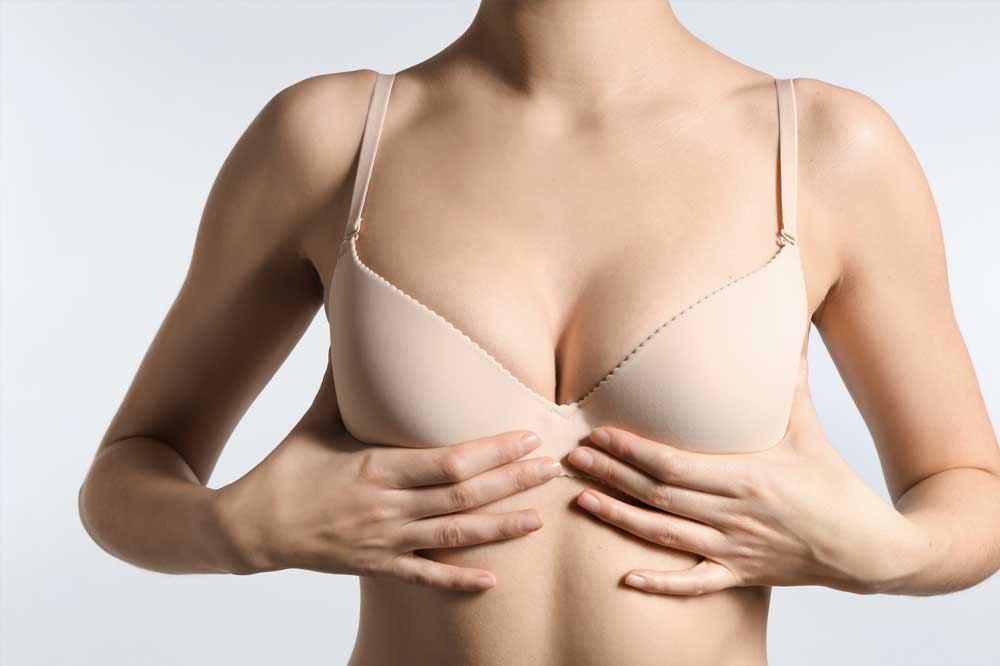
The participants were asked almost every possible question about the bras they wear: bra size, how many hours a day they wore bras, how old they were when they started wearing them, and more – and found that none of these factors were associated with cancer. “The results didn’t really surprise us,” Chen said.
Those who are certainly satisfied with the results are the companies that manufacture bras and sell about 675 million such items in the US alone every year.
Notice the changes in the breasts
Breast cancer is, as mentioned, the most common tumor among women. In any of the following cases – a change in the shape or size of the breast, a change in the shape of the nipple, discharge from the nipple or feeling a lump in the breast – it is important to contact a doctor immediately.
Breast cancer can be diagnosed in its early stages through mammography – a screening test that is recommended for all women over the age of 50. For women who are at increased risk, for example those who have a first-degree relative who has contracted the disease, it is recommended to start the follow-up at the age of 40. Early detection greatly improves the chances of recovery.




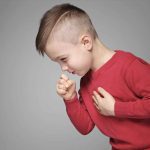
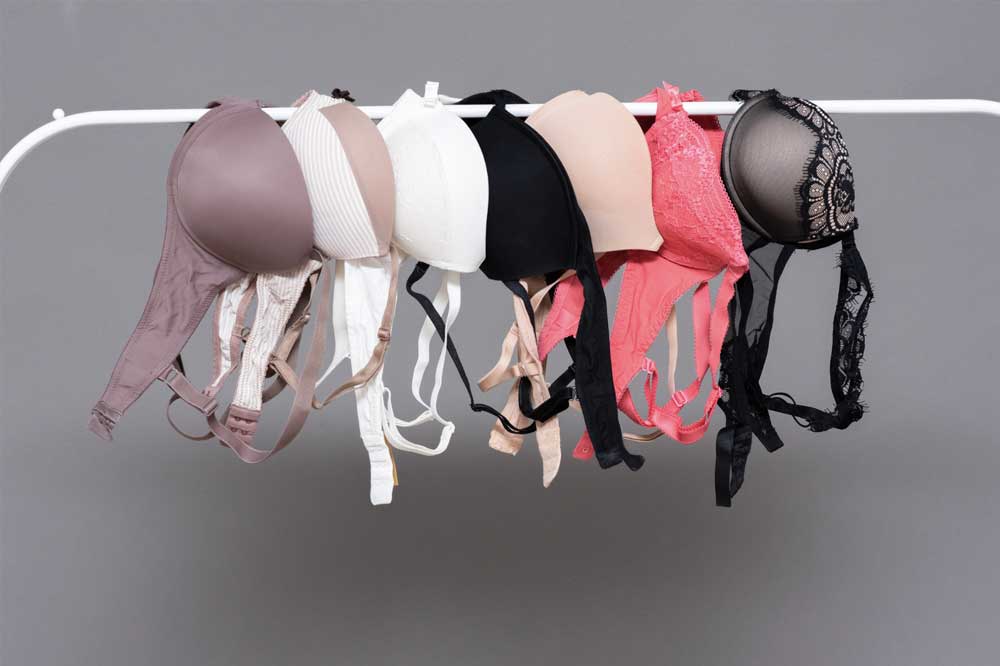

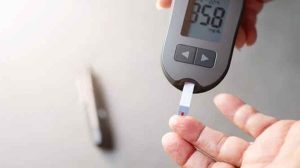



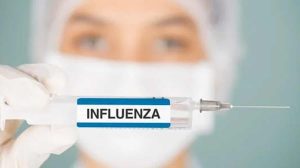
Add Comment